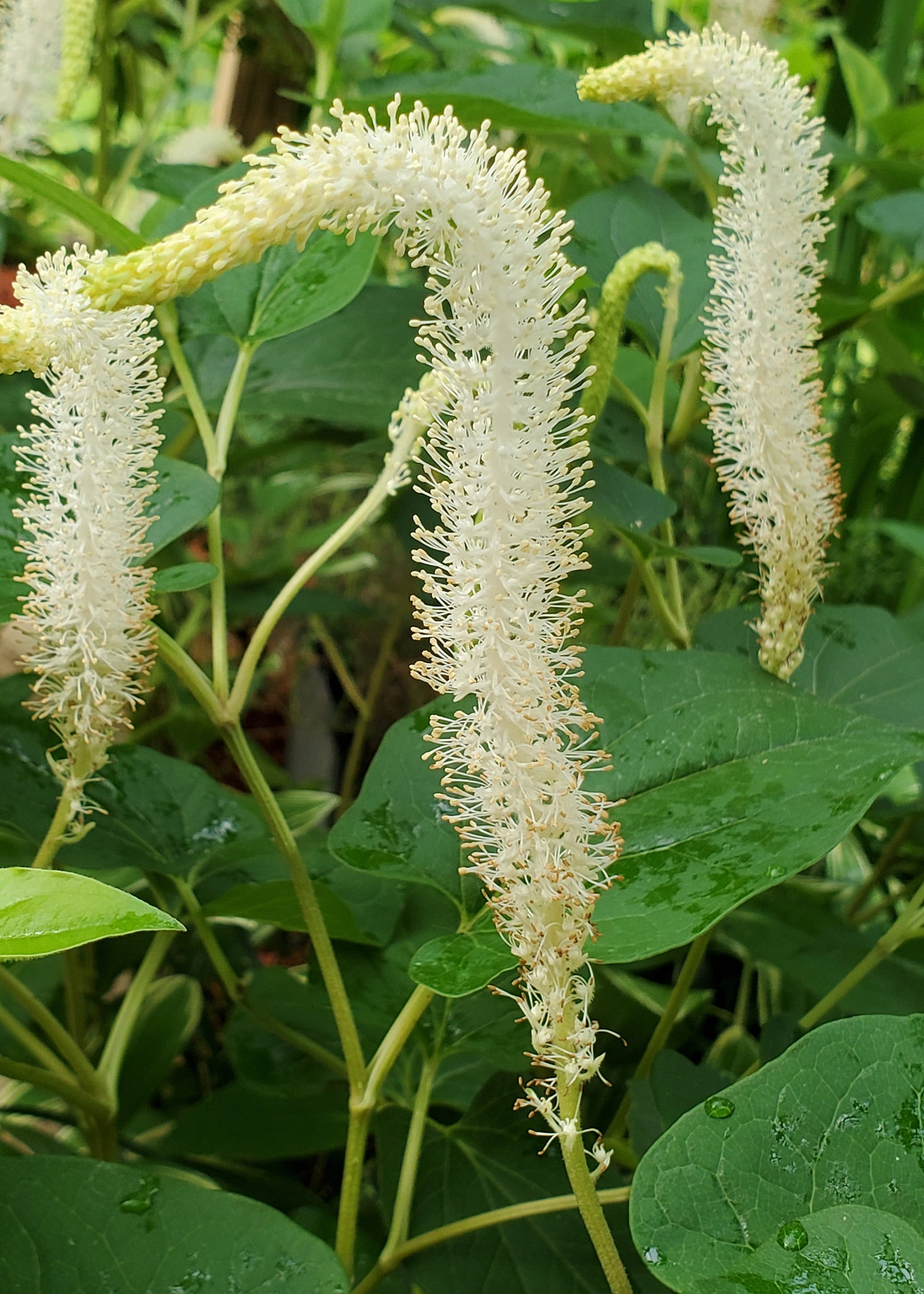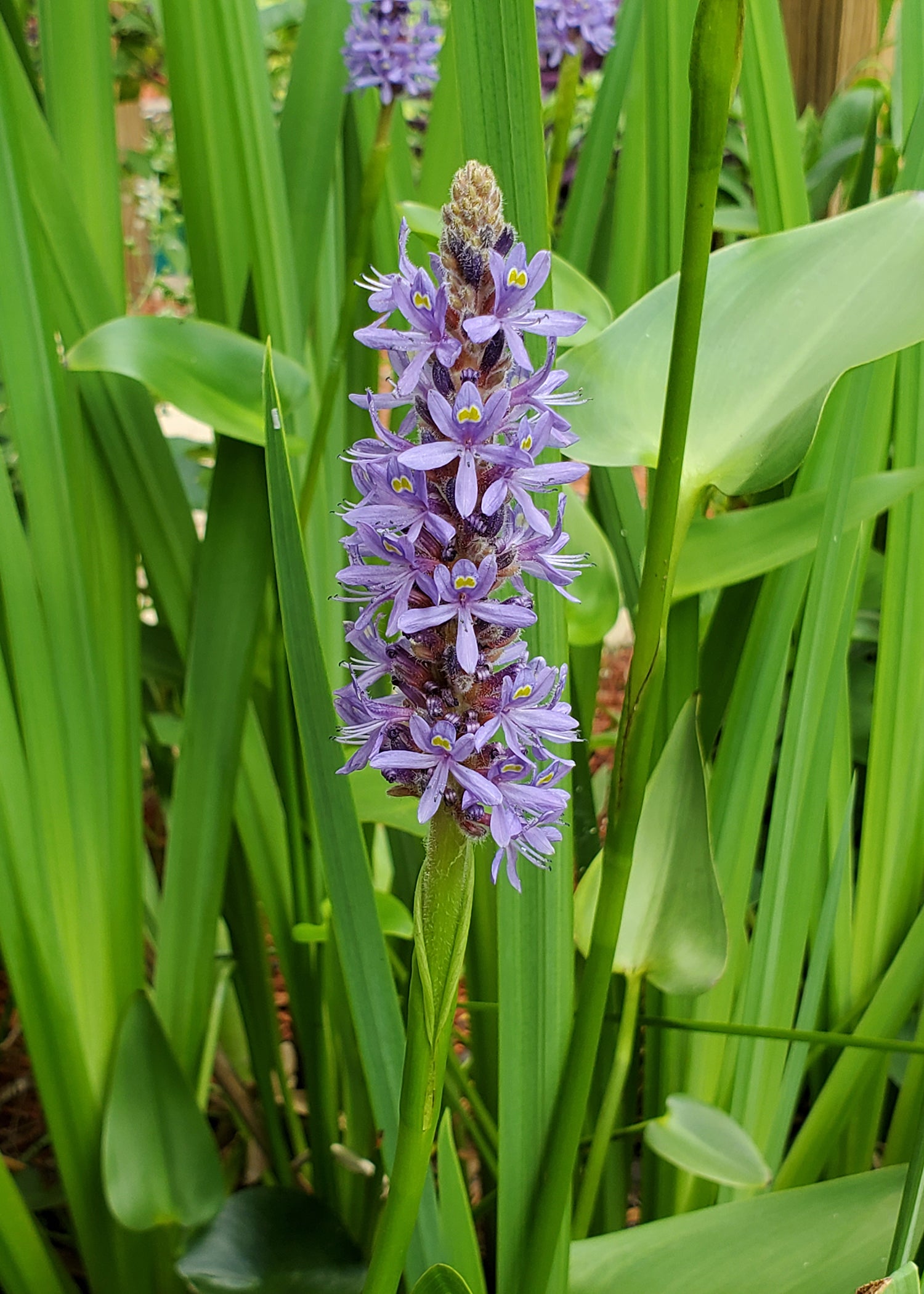Extension Outdoors: Pond plants are not always weeds
Published 3:24 pm Wednesday, February 9, 2022
|
Getting your Trinity Audio player ready...
|
By Wes Neal
MSU Extension Service
Some plant species found in ponds can multiply and interfere with pond use and fish management, but not all water plants are bad.
Water plants fulfill many natural functions and are vital in aquatic and wetland environments. These plants provide food, shelter and reproductive habitat for fish and other aquatic and terrestrial species, and they help regulate water quality and produce oxygen. Some plants, especially phytoplankton, are the base of the food web that supports all pond life. It is only when these plants interfere with our use of the pond that they change from a plant to a weed and require treatment.
If you want to add some plants to your pond, here are a few species that will make ponds more attractive, require minimal control, and provide benefits to fish and wildlife.
My personal favorite is Pontederia cordata, or pickerelweed. Deer eat the tender plant, waterfowl eat the seeds, butterflies and bees use the pollen, and dragonflies use the plant as a vantage point for hunting. The rhizomes and base are eaten by muskrats. Pickerelweed creates shallow water structure for fish and aquatic insects, and it is strikingly beautiful. It spreads slowly and rarely causes problems in ponds. It can be planted directly in shallow water or placed around the pond in pots.
A plant that looks great mixed with pickerelweed is Saururus cernuus, commonly referred to as lizard’s tail. Although the foliage is toxic and avoided by mammals, some insect species consume the roots. Despite the lack of wildlife food value, the species likely provides habitat to young fish and other species.
Lizard’s tail will typically stay on the shore or in shallow areas. It can spread rather quickly by underground runners, so periodic control is necessary. It can also be planted in submerged or buried pots to reduce expansion.
Species of Sagittaria latifolia are native and are important for wildlife. Waterfowl and muskrats eat the tubers. Common names include arrowhead and duck potato. The seeds can also provide food to wildlife. Arrowhead can be introduced around shorelines to improve aesthetics and provide wildlife and fish habitat. The plants spread relatively slowly, allowing for both mechanical and herbicide control when necessary.
Iris virginica, or blue flag, is a native species of iris with a showy blue and yellow flower. It can be important to pollinators and hummingbirds, and submerged plants likely provide some habitat to fish and other aquatics. Blue flag is native and less aggressive than the nonnative yellow flag, and it can be introduced to ponds and wetlands for aesthetic improvements. The plant will spread, so some control may be necessary.
When incorporating any plant into a natural management plan, take care to prevent uncontrolled expansion. Most species reproduce by seed, but many expand laterally via runners or rhizomes. Planting in large cement containers or on isolated, shallow islands would be a good approach to reduce lateral expansion, with spot treatment of unwanted plants on first appearance. With a little planning and maintenance, some plants can be a good addition to pond scenery.








